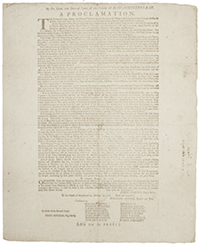The road to Hell is paved with good intentions. Ten years ago, a group of people organized a campaign to honor Mary Wollstonecraft with a statue on London's Newington Green. Wollstonecraft, the 18th century writer and early proponent of what is today known as feminism, lived and worked near Newington Green. Writing in the last decade of that century, she maintained that women had all the intellectual faculties of men, they just needed an equal opportunity for an education and chance to use those powers. That doesn't sound very controversial today, but in the 1790s it was. Sadly, Wollstonecraft died in 1797 at the age of 38 in childbirth, as so many women did in her time.
The need for such a statue is obvious. While statues of men blanket the towns and cities of England, there are very few of women. If you subtract statues of the Virgin Mary and various queens and royalty, there are but a handful. It is time women received more recognition for their contributions.
The group promoting the statue took on the name “Mary on the Green” and began raising funds. It took almost a decade, but they were quite successful, raising £143,000 (about US $190,000). They then set about picking a winner among the artists who submitted a proposal. The runner up displayed Mary in a long, traditional dress of her time, a stack of books by her side, a quill pen in her hand. It was an appropriate, if not terribly original image of Mary Wollstonecraft. The judges opted to go with a more radical approach, in keeping with the radical views Ms. Wollstonecraft professed. It was the proposal submitted by Maggi Hambling, a radical, controversial English artist and sculptor. Her proposal was public knowledge, but must have slipped under the radar of public attention.
Last month, the statue was finally unveiled. It generated more than a few gasps. It was radical and controversial, just like its artist and its subject. Mary Wollstonecraft was depicted in the nude. Greek Gods and Goddesses, mythological and representative figures have frequently been depicted this way. Rodin's Thinker, a tribute to intellect, is nude, so deeply engrossed in thought he forgot to get dressed. Actual people are usually not so depicted. Some remarked that men are not shown this way. It is hard to imagine Americans building a statute of George Washington in the nude, or the British displaying Winston Churchill in the nude (thankfully). It is hard to imagine the British displaying real-life women this way either. I have not done a survey, but I bet there are no statues of Queen Elizabeth, and you can pick either Queen Elizabeth, in the nude. If anyone had done that with Elizabeth I, he or she would have been quickly beheaded.
Some think the statue looks like Mary Wollstonecraft, others think not. Artist Hambling describes the image as representing every woman, not Mary in the nude, even though it honors her in particular. A woman emerges at the top of the sculpture from unformed women below, sort of giving birth to Mary Everywoman.
Ms. Hambling is quoted on the Mary on the Green website as saying, “This sculpture encourages a visual conversation with the obstacles Wollstonecraft overcame, the ideals she strived for, and what she made happen. A vital contemporary discourse for all that is still to be achieved.” Certainly, if the intention was to create conversation and discourse, her goal was achieved. Some reacted positively. The BBC quoted historian Dr. Fern Riddle as saying she loved the statue. “It reminds me of Metropolis crossed with the birth of Venus.” The BBC also quoted historian Dr. Sophie Coulombeau saying of Mary Wollstonecraft, “She's a lot weirder and ickier and more surreal than most [people] realise. I think Hambling gets that.”
On the other hand, some people did not react so well. CNN quoted author Caroline Criado Perez as 'tweeting,' “This feels disrespectful to Wollstonecraft herself and isn't that the most important part?” Writer Tracy King commented, “Statues of named men get to be clothed because the focus is on their work and achievements. Meanwhile, women walking or jogging through parks experience high rates of sexual harassment because our bodies are considered public property.” Perhaps the most biting of all criticisms came from writer for The Guardian Rhiannon Lucy Cosslett, who, after noting that sculptures of male writers don't depict “a tiny naked man, schlong out for all to see,” commented of Mary, “Admirers like me never expected to be left contemplating whether she had a full bush.”
Certainly, the greatest art is original, radical, groundbreaking. I would not want to be a voice against such creativity and originality. Still, the nudity part seems intruding, perhaps disrespectful. Maybe it will not always be seen that way. Maybe we are too prudish. Nevertheless, I find it distracting. It draws our attention away from the accomplishments of Ms. Wollstonecraft to her or someone's body. This “every woman” is not every woman. She is more a man's ideal of a woman's physical features rather than intellectual ones. She is trim and vigorous looking, the ideal of physical feminine beauty (today, though not in Wollstonecraft's time). I don't know whether she was trim and physically attractive or obese and plain, but should it matter? Mary Wollstonecraft deserves this long-delayed honor, but this may not be the best way to do it.



![<b>Heritage, Dec. 15:</b> John Donne. <i>Poems, By J. D. With Elegies on the Author's Death.</i> London: M[iles]. F[lesher]. for John Marriot, 1633. <b>Heritage, Dec. 15:</b> John Donne. <i>Poems, By J. D. With Elegies on the Author's Death.</i> London: M[iles]. F[lesher]. for John Marriot, 1633.](https://ae-files.s3.amazonaws.com/AdvertisementPhotos/8caddaea-4c1f-47a7-9455-62f53af36e3f.jpg)

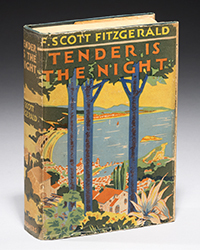
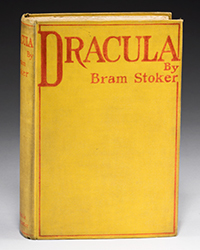







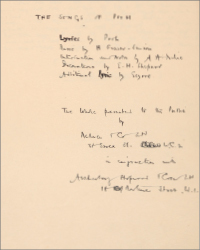

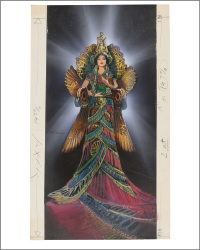

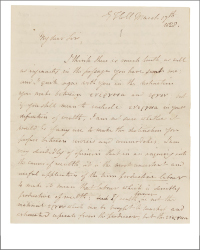

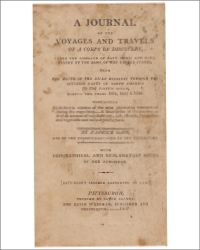

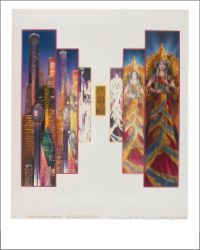


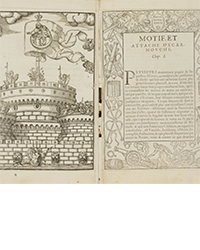
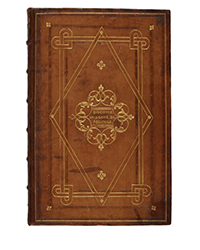
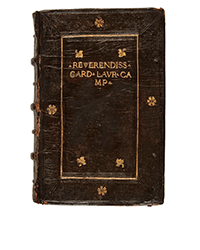
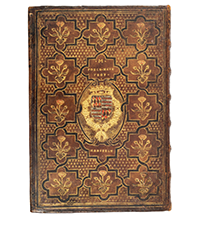
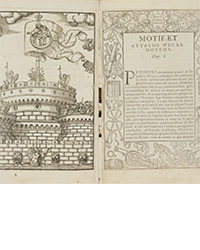
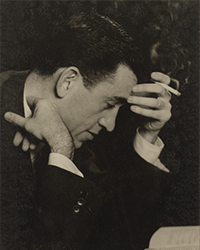
![<b>Sotheby’s, Dec. 16:</b> [Austen, Jane]. A handsome first edition of <i>Sense and Sensibility,</i> the author's first novel. $60,000 to $80,000. <b>Sotheby’s, Dec. 16:</b> [Austen, Jane]. A handsome first edition of <i>Sense and Sensibility,</i> the author's first novel. $60,000 to $80,000.](https://ae-files.s3.amazonaws.com/AdvertisementPhotos/9a74d9ff-42dd-46a1-8bb2-b636c4cec796.png)
